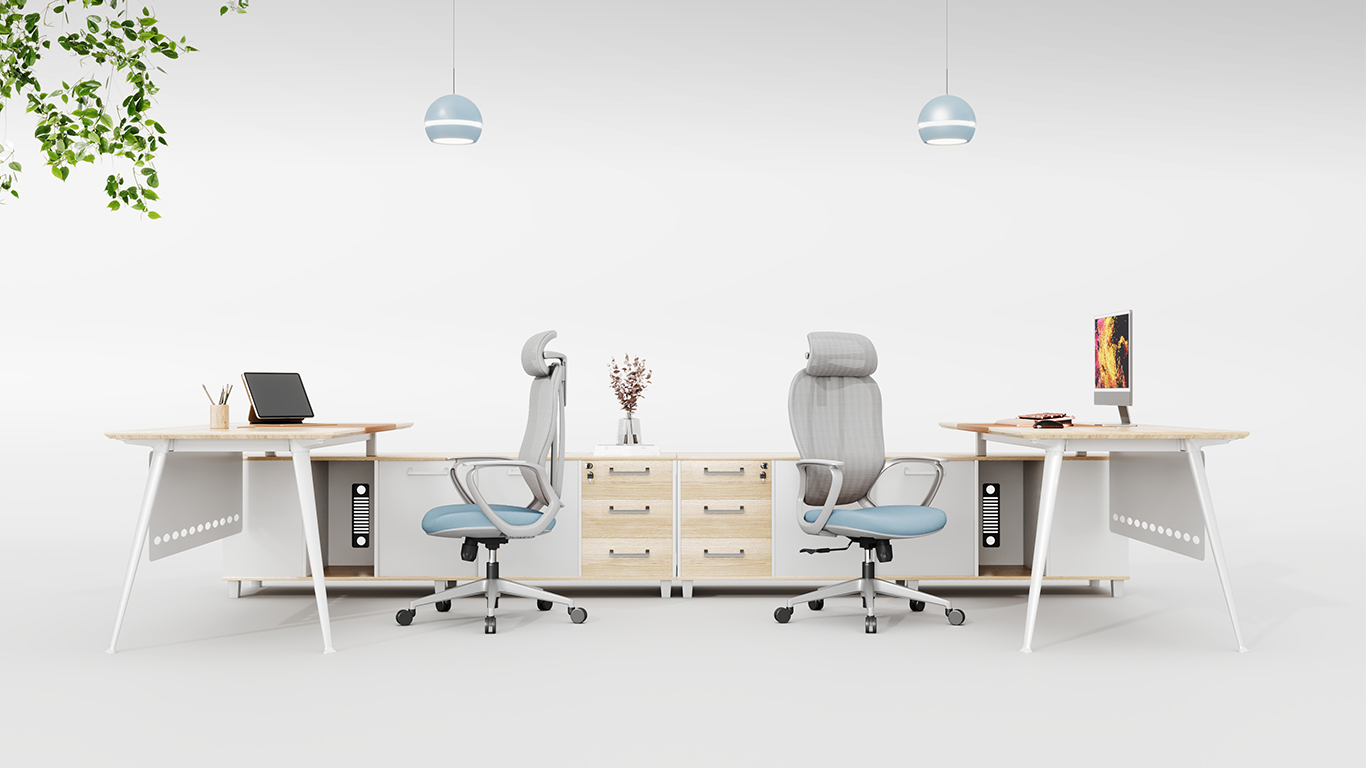2025-10-24 Author:Ofiexperts

Office design is more than just aesthetics. It’s a silent influencer that shapes how people think, feel, and perform every single day. The layout of a workspace can spark collaboration, boost focus, or, if poorly planned, drain energy and creativity. In today’s fast-evolving work culture, design has become a strategic tool for shaping employee behavior and reinforcing company culture.
Space defines interaction
Open-plan offices encourage communication and idea sharing, but too much openness can also create distractions. That’s why modern workspaces are shifting toward zoned design, balancing collaboration areas with quiet corners. The way a space flows determines how people move and connect, influencing everything from casual chats that lead to breakthroughs to the comfort employees feel expressing themselves.
Comfort fuels productivity
Ergonomics isn’t just a buzzword, it’s a behavioral catalyst. A comfortable chair, an adjustable desk, and proper lighting directly affect focus and well-being. When people feel physically supported, they tend to stay longer in deep work, make fewer mistakes, and maintain a more positive attitude. Comfort builds engagement.
Environment affects mindset
Colors, materials, and lighting all carry psychological weight. Natural light lifts mood and reduces fatigue; biophilic elements (plants, organic textures) bring calm; neutral tones can create focus, while brighter colors inject energy. Subtle design choices can shift collective emotions in an office without a single word being spoken.
Flexibility shapes culture
A flexible office design signals trust and autonomy. When employees can choose how and where they work, whether in a pod, lounge, or standing desk, they’re more likely to feel empowered and responsible for their outcomes. That sense of control fosters creativity and ownership, driving a healthier, more adaptive work culture.
Design communicates values
An office reflects what a company stands for. Minimalist layouts suggest clarity and precision; collaborative hubs express openness; sustainable materials show responsibility. Employees unconsciously align their behavior with the environment’s cues. Design becomes a form of non-verbal management, an architecture of culture.
In the end, office design is not just about furniture and space, it’s about behavior, emotion, and purpose. The best workplaces are designed not just for how people work, but for how they want to feel while working. When space aligns with human needs, productivity becomes natural, collaboration becomes effortless, and culture becomes visible.
